The gentle rhythm of wooden looms clicking in unison has echoed through certain villages for generations. In these pockets of the world, handweaving isn’t just a craft—it’s the heartbeat of entire communities where families pass down techniques like precious heirlooms.
From the misty highlands of Guatemala to the sun-baked plains of India, these villages keep ancient textile traditions alive through nimble fingers and patient dedication. Here is a list of 20 villages where handwoven textiles remain the cornerstone of daily life and cultural identity.
Chinchero, Peru
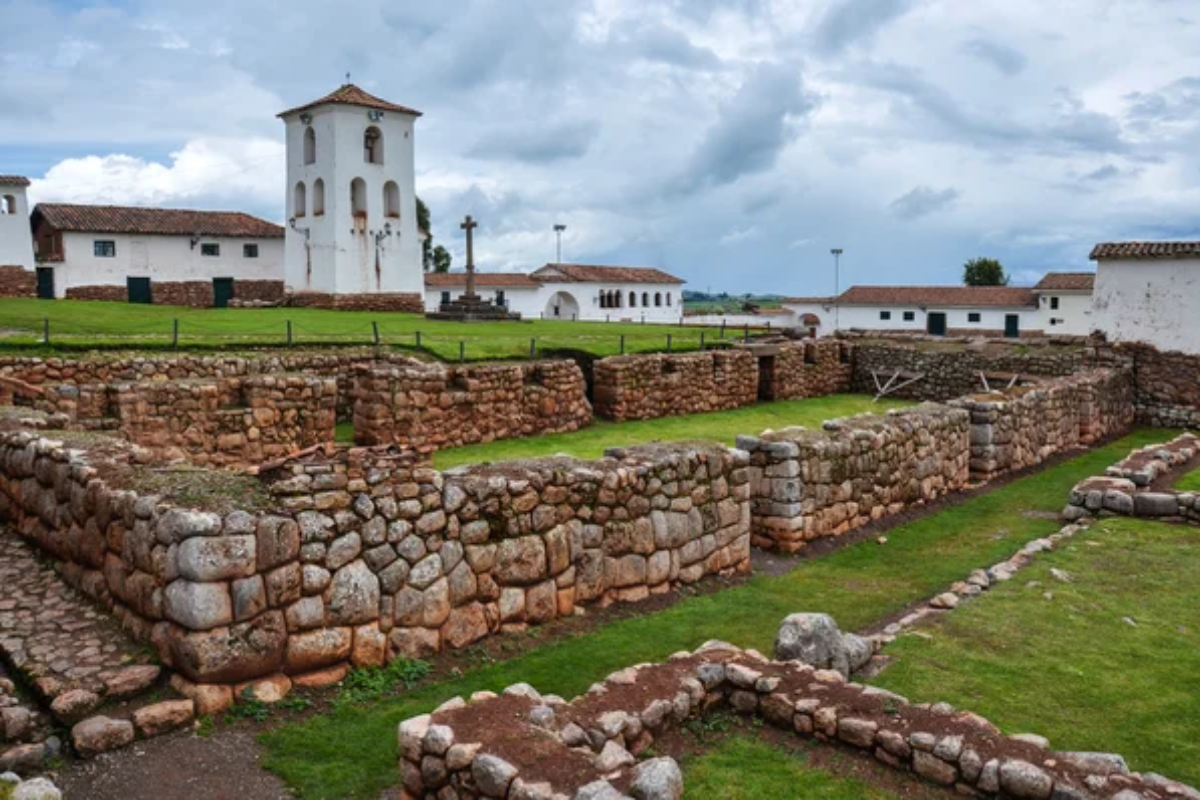
High in the Sacred Valley at 12,343 feet, Chinchero’s weavers create vibrant textiles using techniques that predate the Inca Empire. The village women still gather to spin alpaca wool while chatting in Quechua, their fingers moving with the practiced ease of someone buttering bread.
Their geometric patterns tell stories of mountains, rivers, and ancient ceremonies in brilliant reds and deep blues extracted from local plants.
Teotitlán del Valle, Mexico

This Zapotec village near Oaxaca has been weaving wool rugs for over 2,000 years, making it older than most European cities. The weavers here use traditional pedal looms introduced by the Spanish, but the natural dyes come from local sources—cochineal insects for deep reds, indigo for blues, and moss for soft greens.
Each family has signature patterns, like a textile fingerprint passed through generations.
Like Travel Pug’s content? Follow us on MSN.
Bhujodi, India
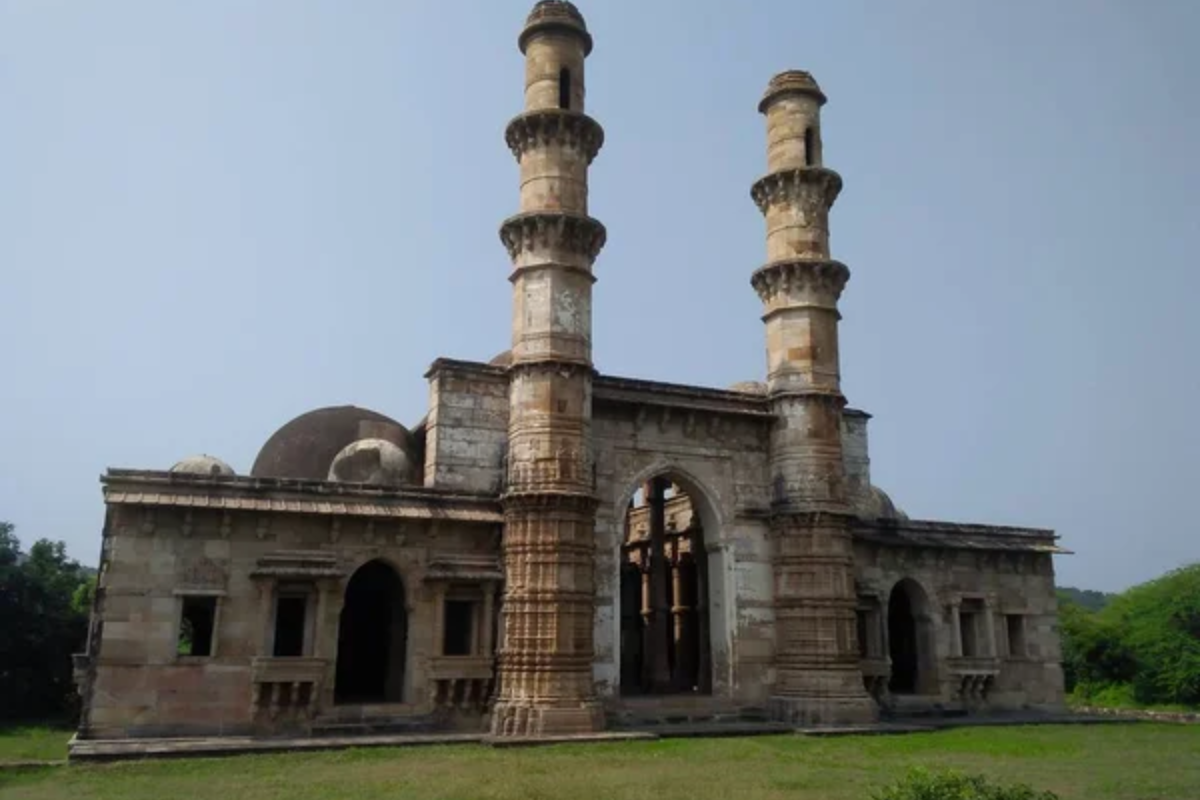
Just outside Kutch in Gujarat, Bhujodi transformed from a single weaver’s settlement into India’s largest handloom village. The weavers here specialize in thick woolen shawls and blankets with intricate geometric patterns that look like thread puzzles.
What started with one family in 1920 now supports over 1,200 households, proving that traditional crafts can thrive in modern times.
Solola, Guatemala
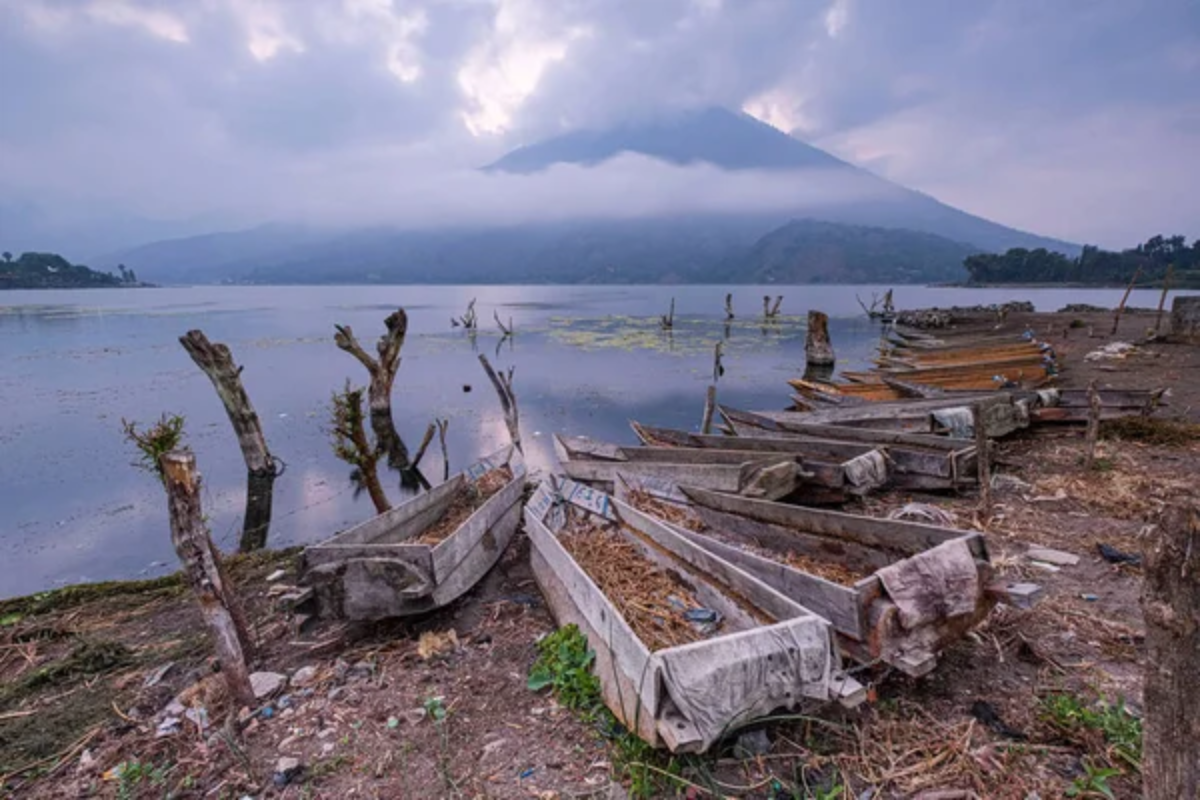
Perched on the edge of Lake Atitlán, Solola’s Indigenous K’iche’ Maya weavers create huipiles (traditional blouses) that serve as wearable autobiographies. Each design element reveals something about the wearer—her village, marital status, or family history.
The backstrap looms used here haven’t changed since pre-Columbian times, attached at one end to a tree and the other to the weaver’s waist.
Harris, Scotland

Harris Tweed remains the gold standard of handwoven wool fabric on this windswept Outer Hebridean island. Every yard must be woven in the weaver’s home on the island, following regulations more rigorous than many national standards.
The distinctive herringbone patterns and earthy colors mirror the island’s rugged landscape of peat bogs and rocky shores.
Like Travel Pug’s content? Follow us on MSN.
Varanasi, India
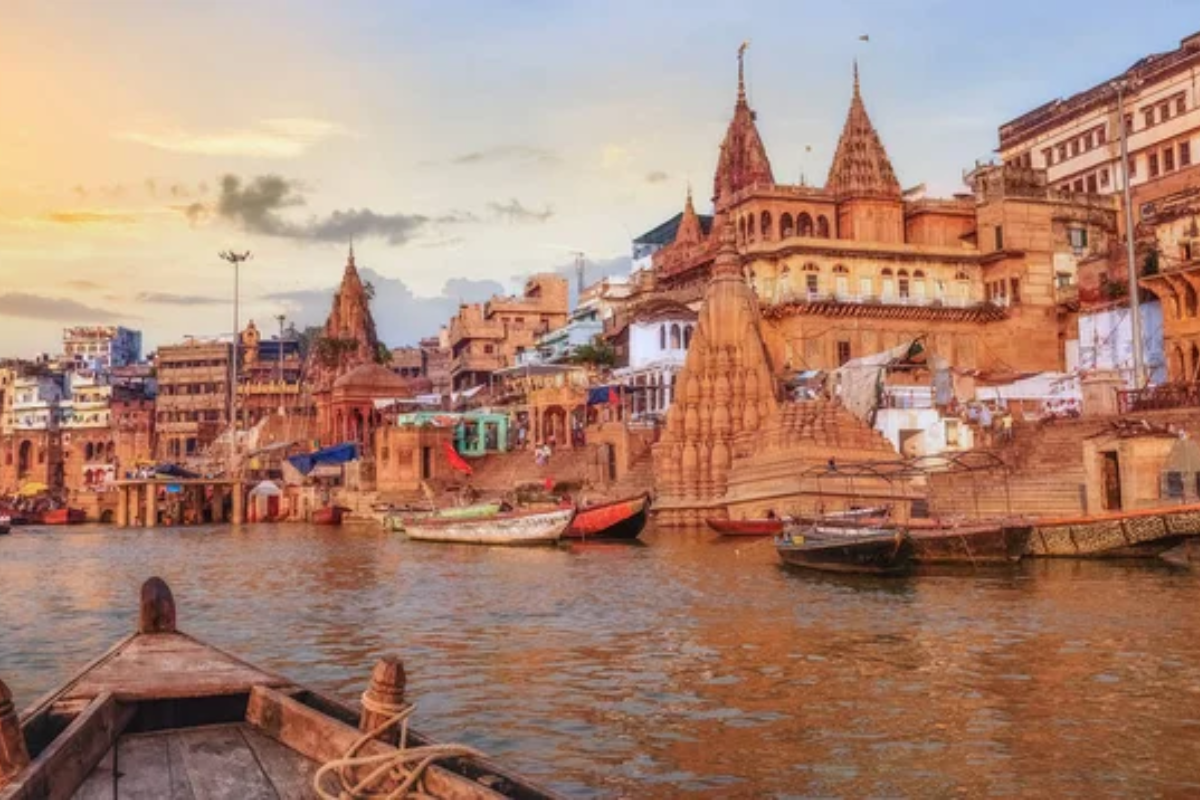
Along the ghats of the Ganges, Varanasi’s silk weavers create Banarasi saris that are so intricate they can take six months to complete. The tradition dates back to the Mughal era, when Persian motifs merged with Indian techniques like mixing threads with real gold.
These saris often cost more than a car, yet brides across India consider them essential for their wedding trousseau.
Tenganan, Indonesia
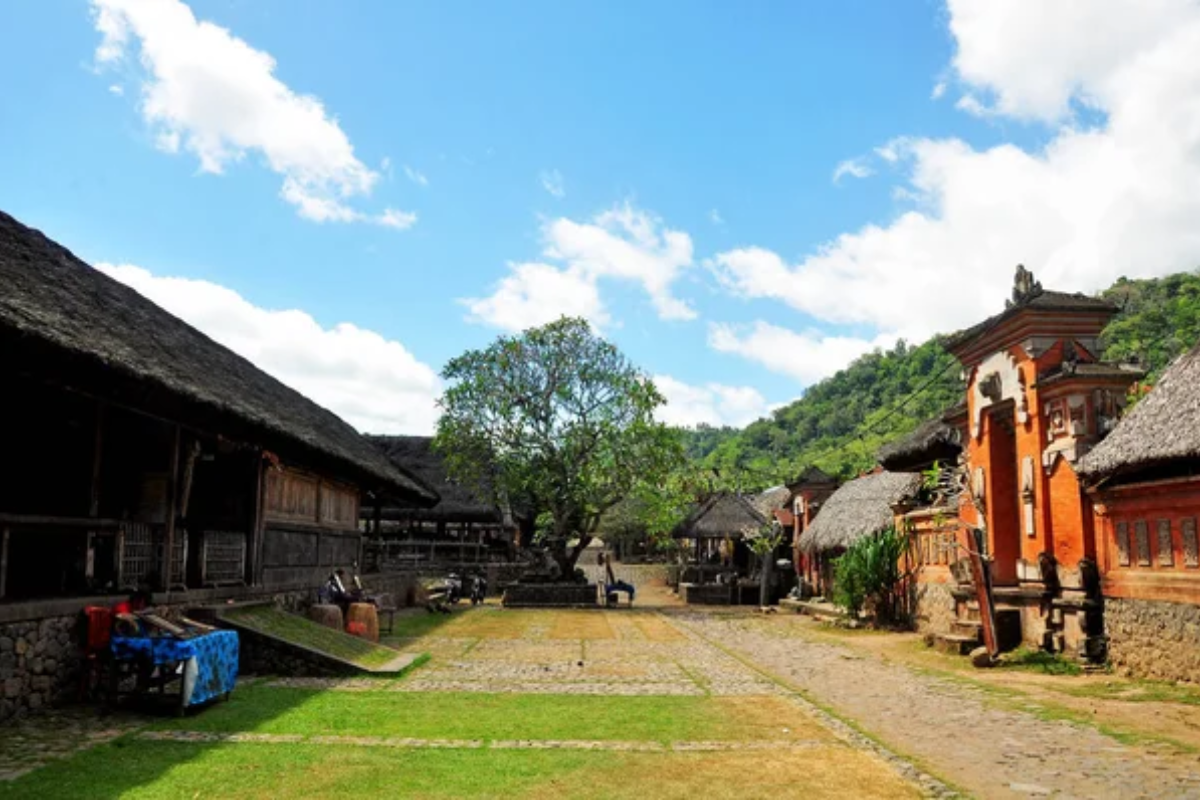
This ancient Bali Aga village produces the legendary double ikat cloth called geringsing, one of only three places on Earth where this complex technique survives. The process requires dyeing warp and weft threads before weaving, like solving a textile crossword puzzle where one mistake ruins months of work.
Local belief holds that geringsing cloth protects the wearer from evil spirits.
San Juan Chamula, Mexico
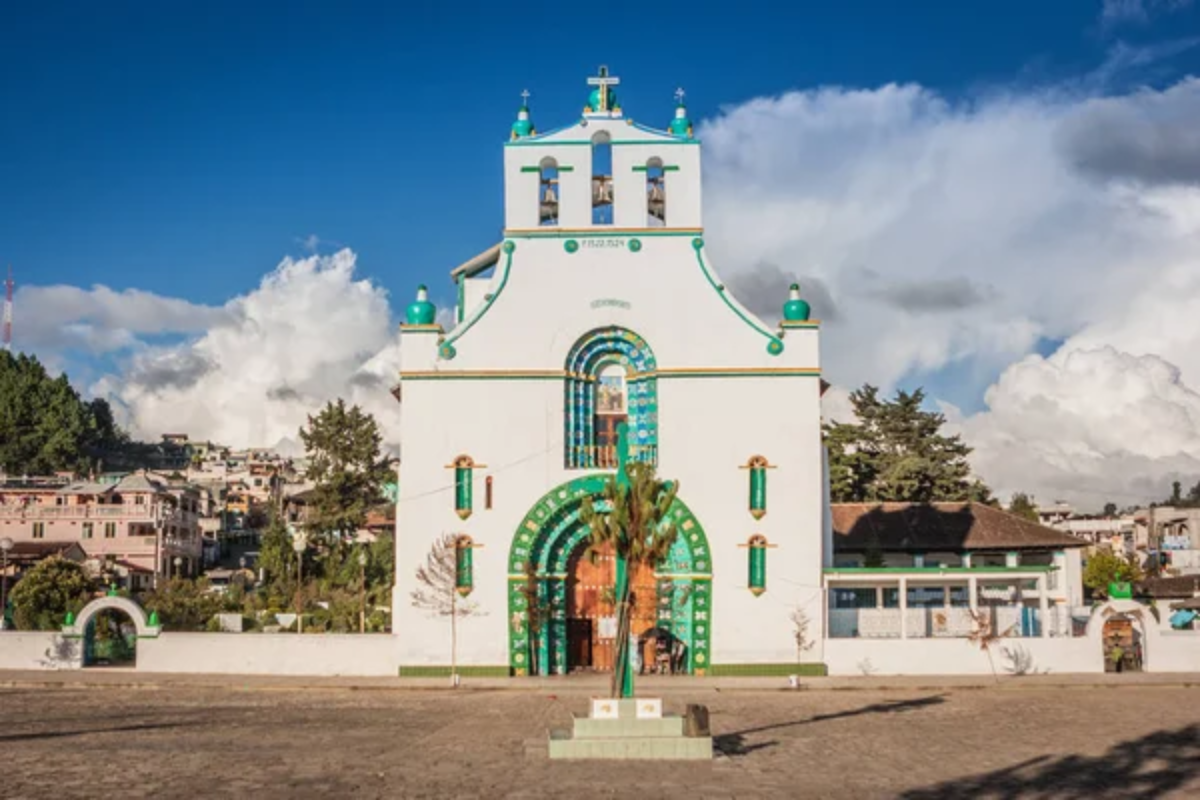
In this Tzotzil Maya village near San Cristóbal, women weave thick woolen skirts and ponchos as clothing and cultural markers. The traditional black wool comes from local sheep, and the distinctive fuzzy texture results from minimal processing that would horrify modern textile mills.
During village festivals, the streets become a sea of handwoven black garments, each subtly different yet part of a unified tradition.
Like Travel Pug’s content? Follow us on MSN.
Mangalagiri, India
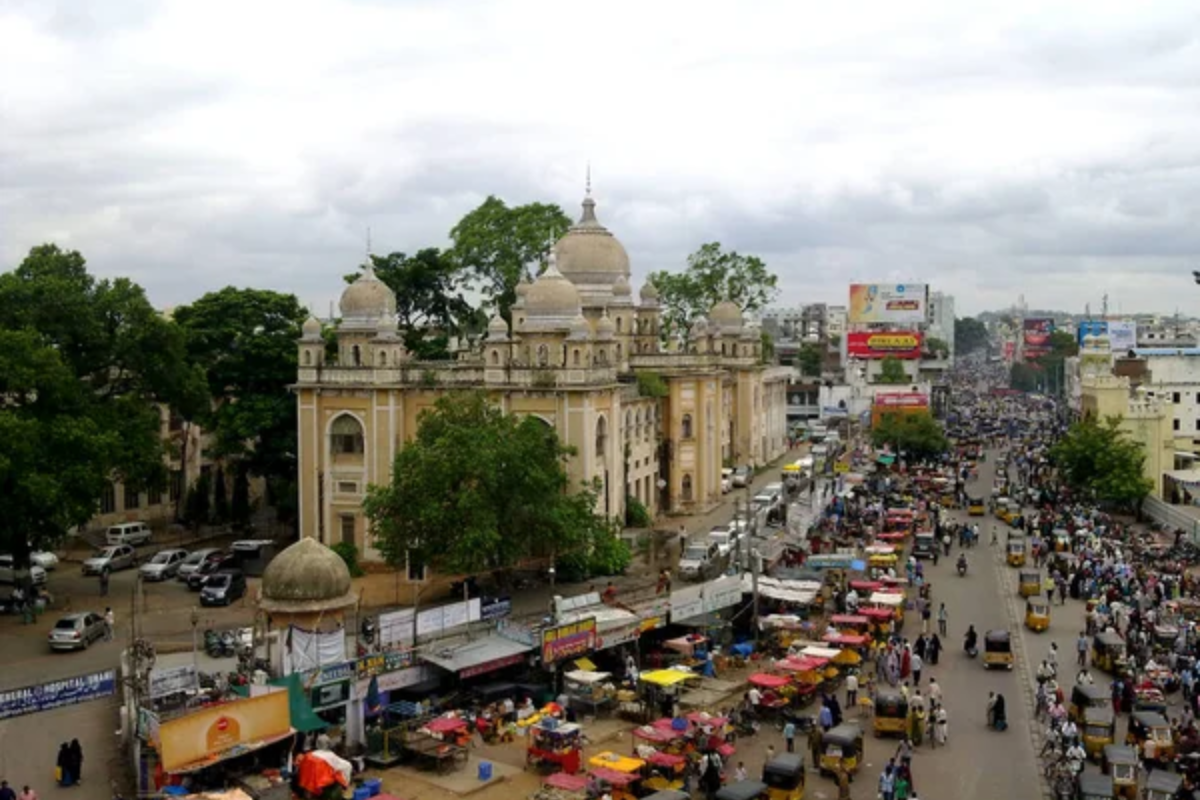
This Andhra Pradesh town specializes in cotton saris with distinctive zari borders that shine like jewelry against plain fabric. The weavers here use a unique technique where the border and body are woven simultaneously on the same loom—imagine typing two different documents at once on the same keyboard.
The characteristic Nizam border pattern has remained unchanged since the 16th century.
Laos Village of Ban Xang Khong, Laos
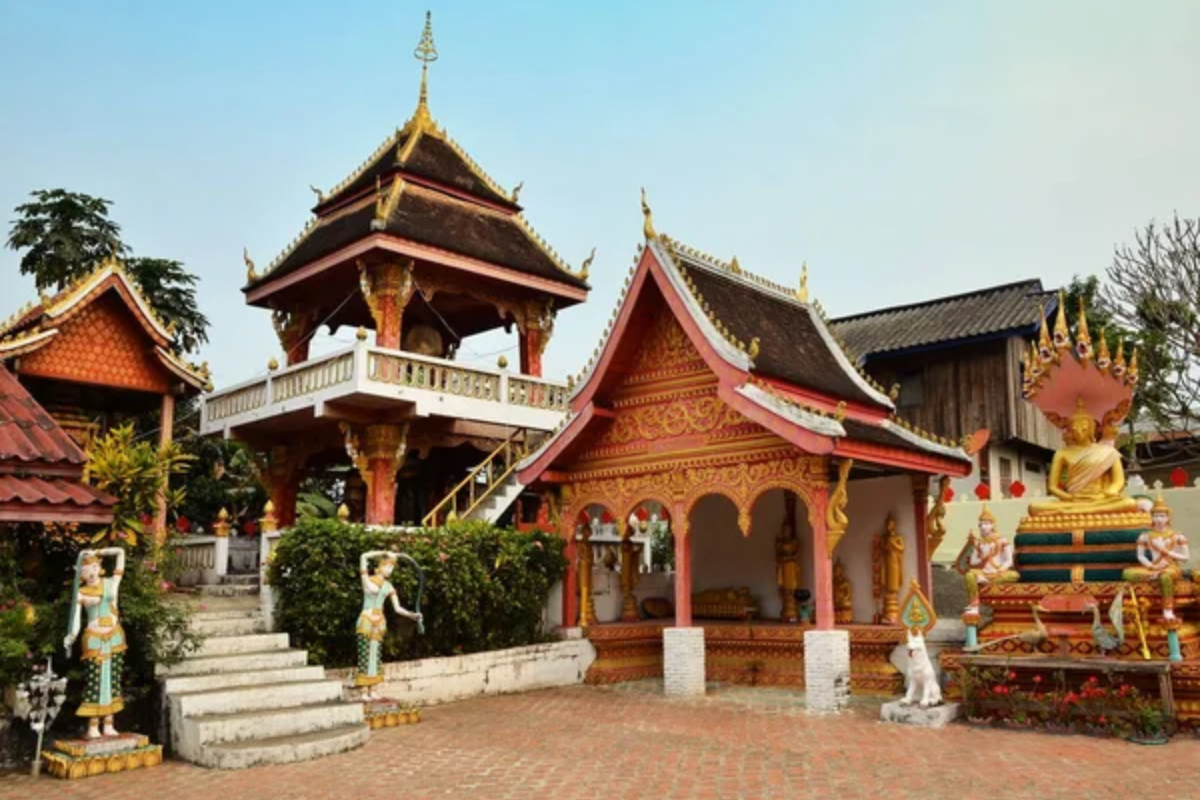
Just across the Mekong from Luang Prabang, this village produces silk textiles with complex patterns that seem computer-generated. The weavers memorize intricate designs called ‘lai’ that can include up to 300 different pattern strings, like musicians learning an entire symphony by heart.
Young girls start learning at age seven, their small fingers perfect for handling the finest silk threads.
Todos Santos Cuchumatán, Guatemala
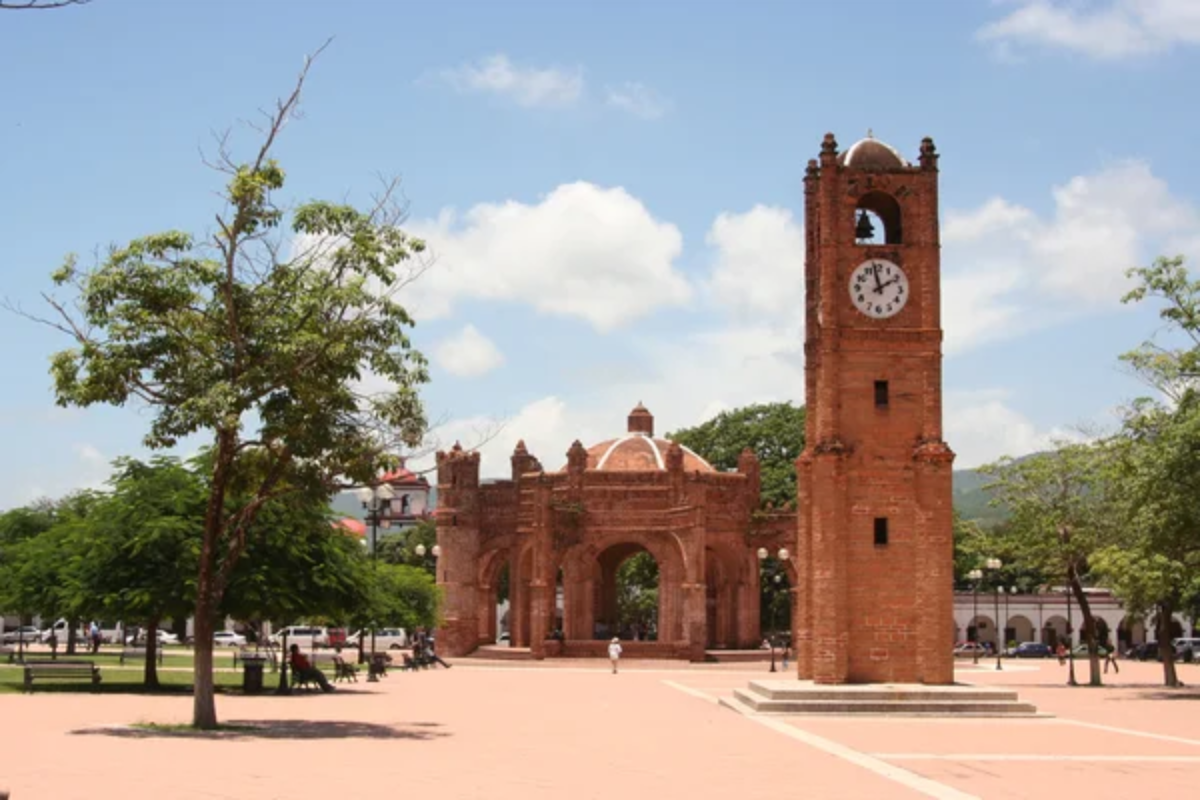
At nearly 10,000 feet in Guatemala’s western highlands, this Mam Maya village produces distinctive red-and-white striped pants worn by local men. The cotton fabric gets its toughness from the high-altitude growing conditions, creating clothes that survive years of mountain farming.
Unlike many villages where only women weave, men also work the looms, especially for these characteristic trousers.
Like Travel Pug’s content? Follow us on MSN.
Sardinia (Various Villages), Italy

Across villages like Samugheo and Nule, Sardinian weavers maintain traditions dating to the Bronze Age. Their geometric patterns—handed down orally like recipes—often feature stylized birds, deer, and grape vines that tell stories of island life.
The horizontal frame looms used here remain virtually unchanged from those depicted in medieval manuscripts.
Hausa Villages, Nigeria
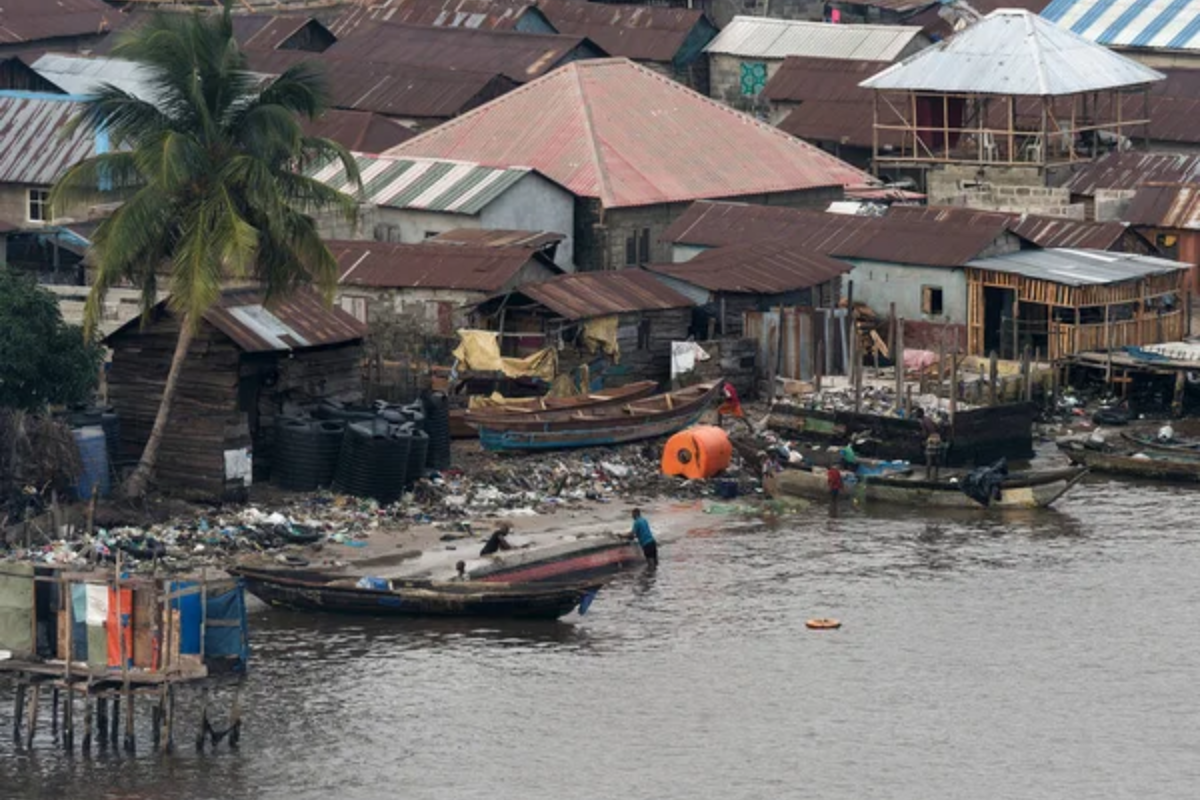
Throughout northern Nigeria, Hausa weavers work narrow strip looms to create cloth sewn together into larger garments. The strips measure about four inches wide, like textile ribbons that gradually build into robes fit for emirs.
The indigo-dyed cotton they produce turns wearers’ skin slightly blue, considered a mark of wealth since it shows you own enough cloth to stain yourself.
Amuzgo Villages, Mexico
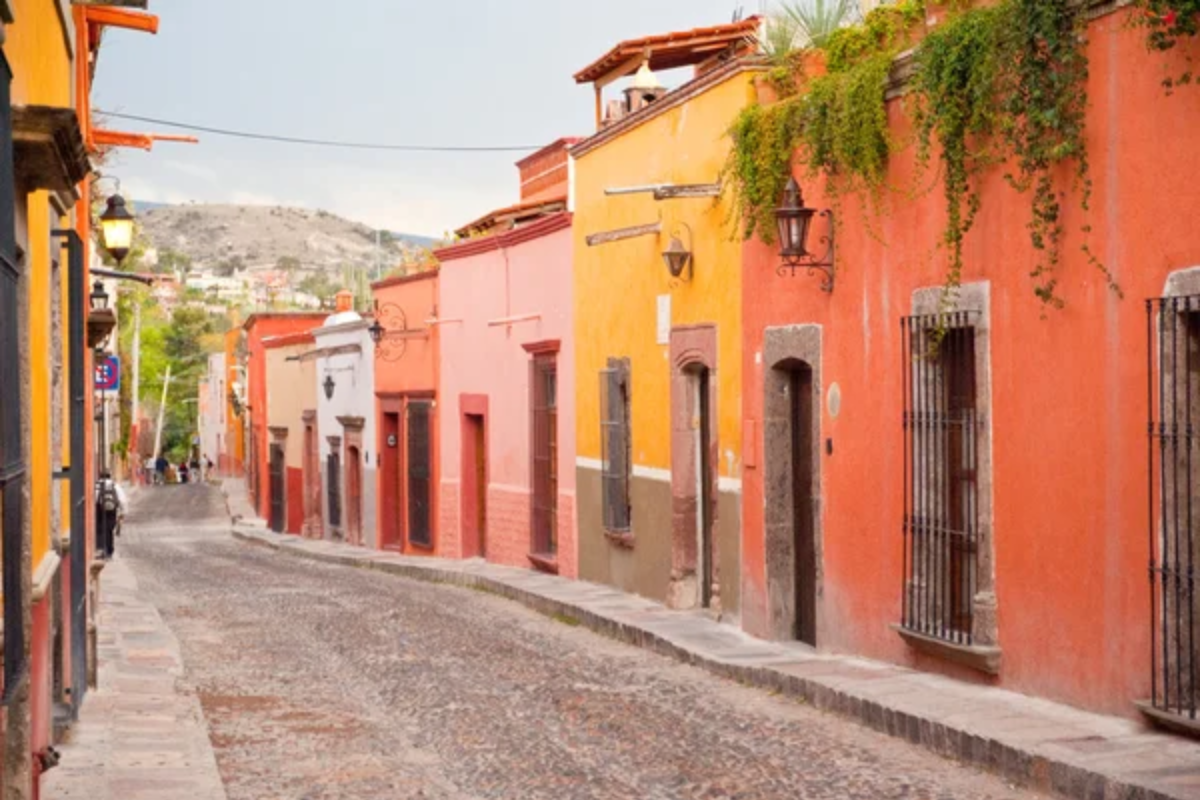
In Guerrero and Oaxaca states, Amuzgo weavers create huipiles with designs that seem to float on the surface like embroidery, but are woven in. This brocade technique requires planning the entire design before starting—there’s no control-Z option once you begin.
The gauze-like cotton fabric stays surprisingly cool despite Mexico’s heat, perfect for the coastal climate.
Like Travel Pug’s content? Follow us on MSN.
Pochampally, India
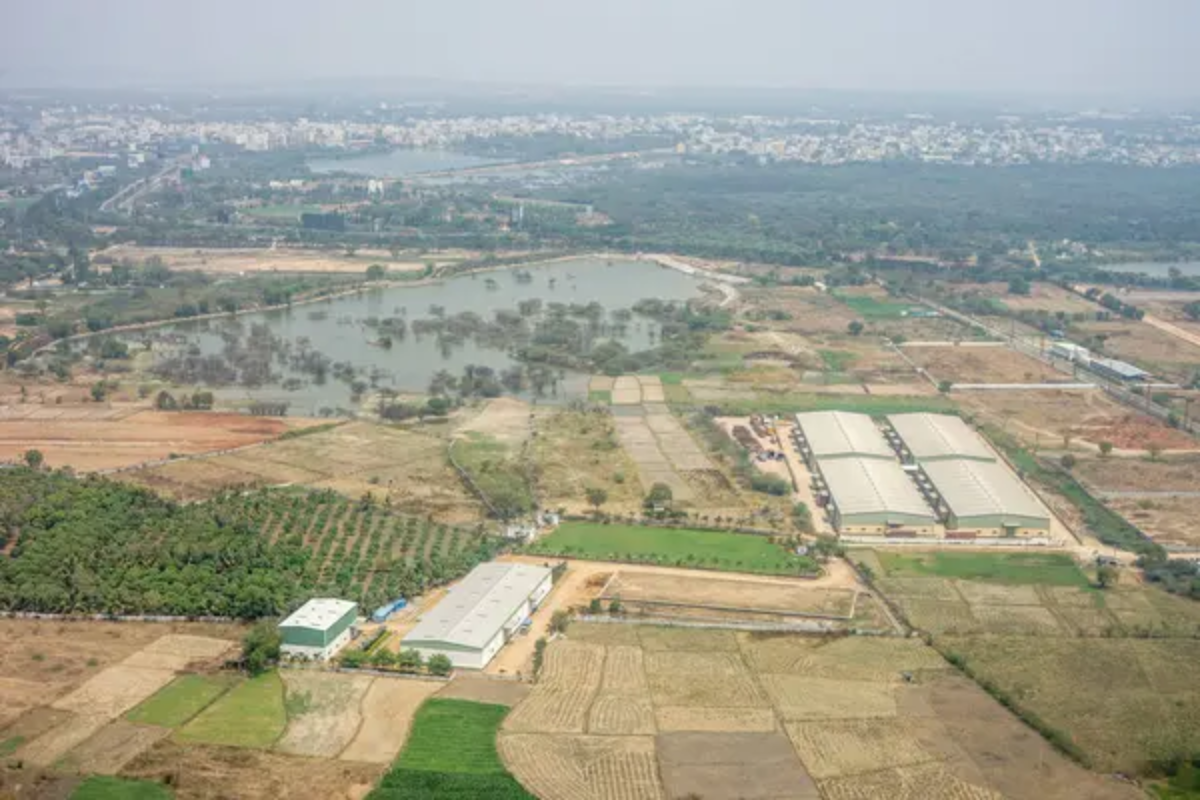
This Telangana village gave its name to the distinctive Pochampally ikat, where threads are tie-dyed before weaving to create patterns that appear slightly blurred, like watercolors. The process requires mathematical precision to ensure dyed sections align correctly when woven.
UNESCO recognized the entire village as a World Heritage site, one of the few places where an entire community earned this honor.
Caspana, Chile
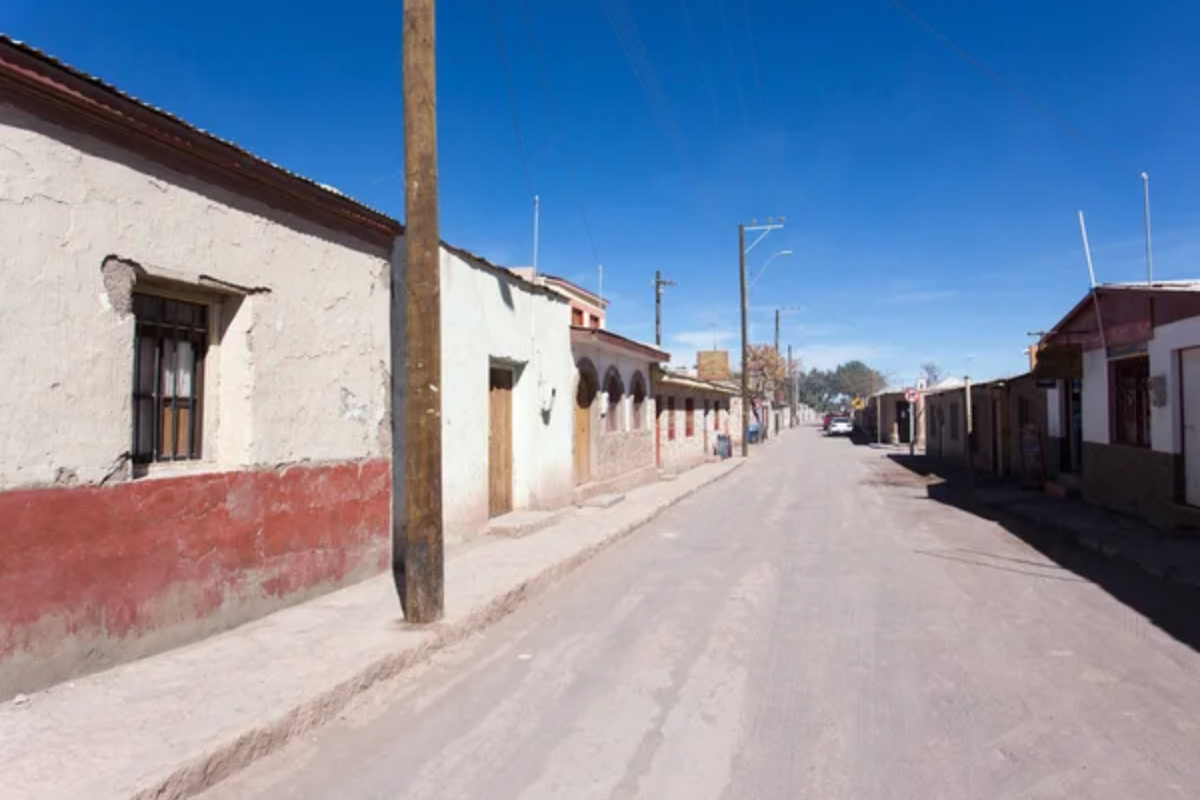
High in the Atacama Desert, this village maintains pre-Columbian weaving traditions using llama and alpaca wool. The extreme altitude—over 10,000 feet—creates fibers with unique properties that help residents survive temperatures from scorching days to freezing nights.
Their textiles feature stepped patterns representing the Andean concept of reciprocity, where geometric shapes mirror social relationships.
Dong Villages, China
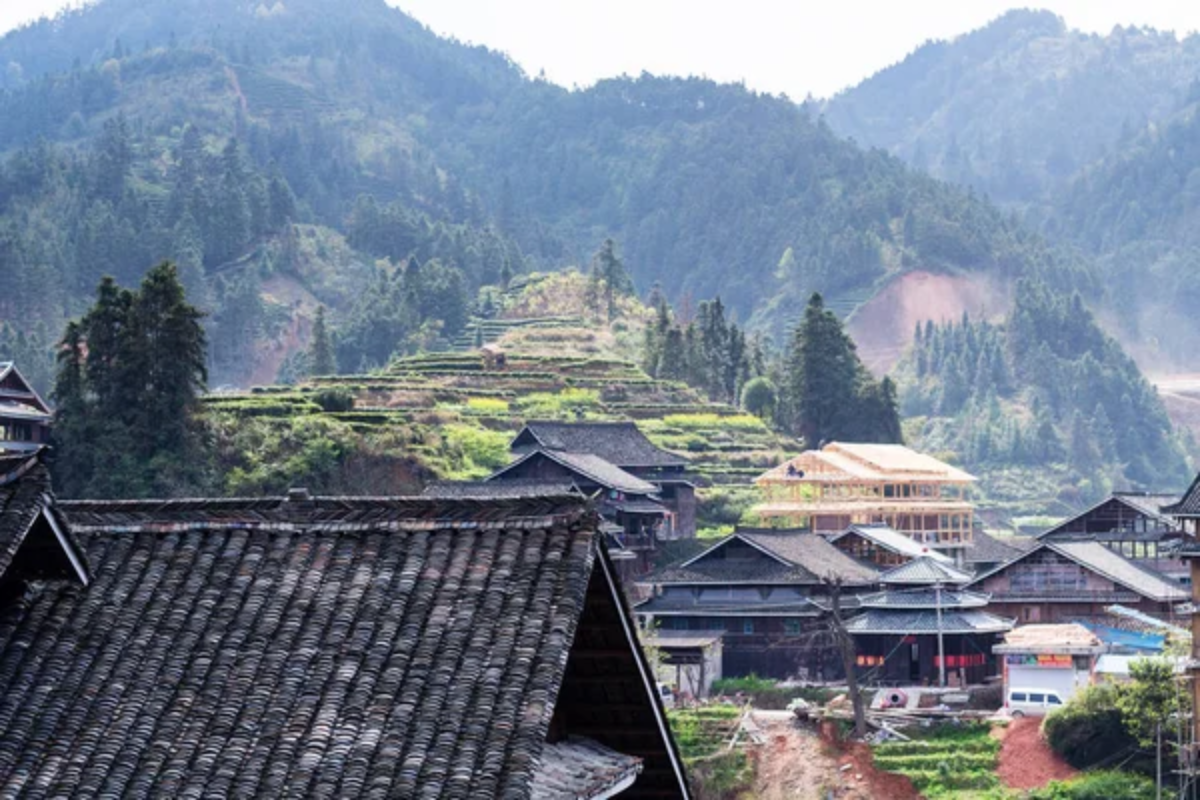
In Guizhou province’s remote mountains, Dong minority women weave indigo-dyed cotton that gets its distinctive sheen from being beaten with wooden mallets, then coated with egg whites. The fabric becomes almost waterproof, perfect for the region’s frequent rains.
The process takes months but creates cloth that can last generations, often becoming family heirlooms.
Like Travel Pug’s content? Follow us on MSN.
Hebron, Palestine
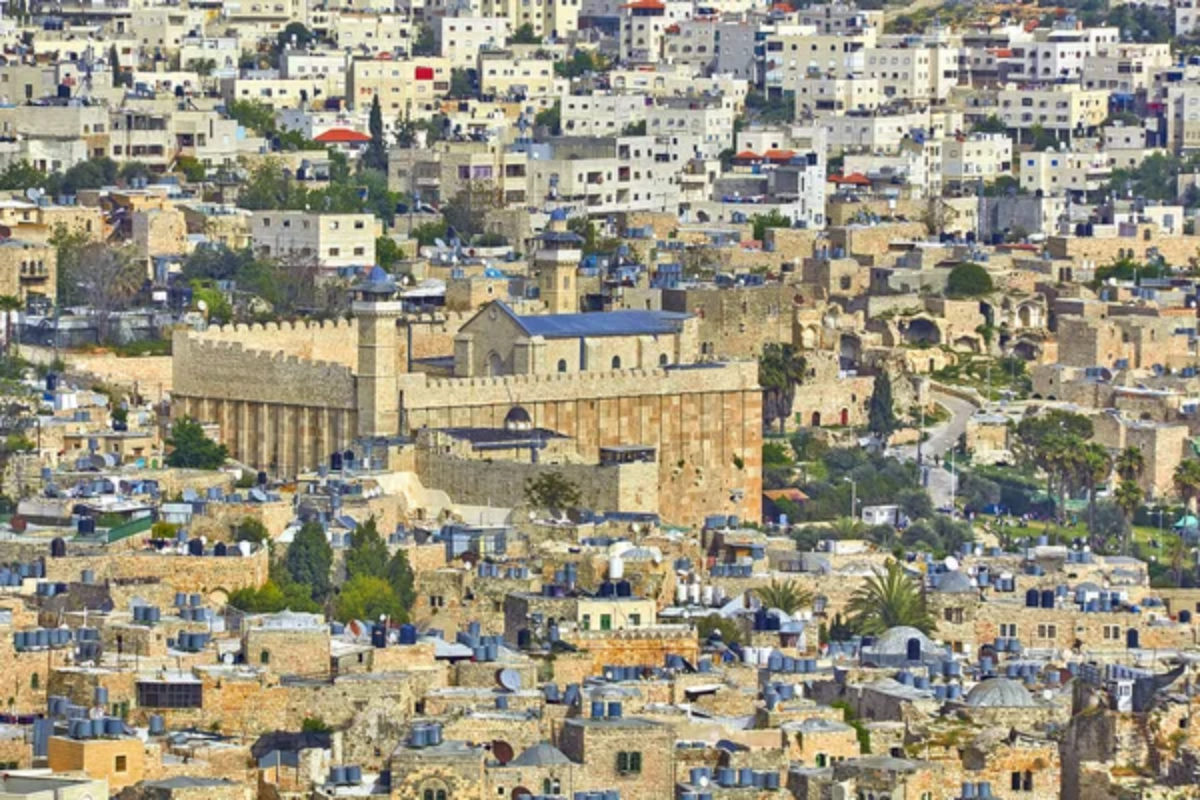
These weavers in the old city are particularly known for traditional Palestinian embroidery motifs woven directly into cotton and linen. The geometric motifs differed by village and tribe, acting as a visual language that Palestinians could read like a map.
Despite political disturbances, these workshops have preserved techniques that have not been altered since the Ottoman days.
Nuapatna, India
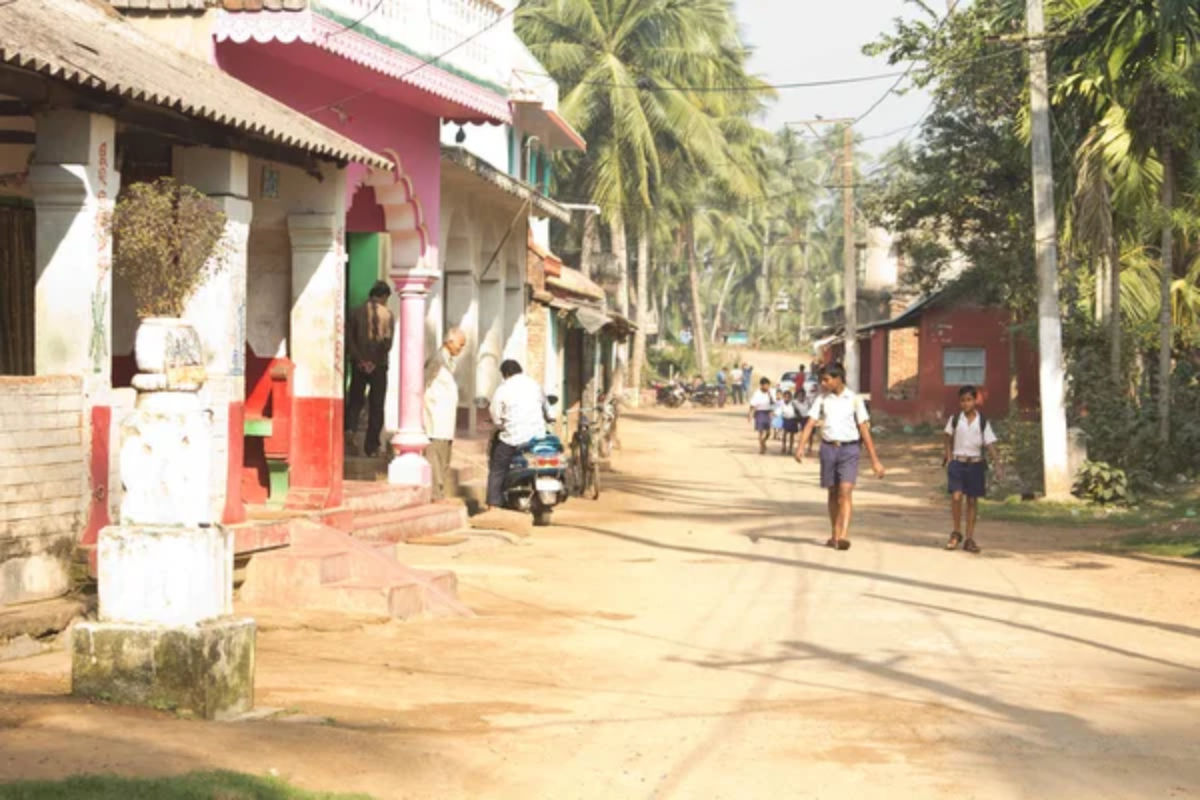
This Odisha village weaves beautiful cotton and silk fabrics with classic designs such as fish, tortoises, and lotus flowers. The weavers perfected the technique of making fabric so delicate that it could pass through a wedding ring, earning the moniker ‘woven air’.
Their red and white shades continue to be in demand for religious rituals all over eastern India.
Karen Villages, Thailand

Along the Myanmar border, Karen hill tribe villages maintain backstrap loom traditions that produce distinctive red and white geometric patterns. Young women learn to weave as part of their coming-of-age ceremonies, creating their wedding clothes over several years.
The patterns encode information about clan affiliations and spiritual beliefs, making each piece a wearable family tree.
Like Travel Pug’s content? Follow us on MSN.
Weaving Tomorrow’s Heritage

These 20 villages demonstrate that handweaving is not merely existing—it’s adapting with one foot grounded firmly in tradition. Every community blended old methods from Scottish islands to Peruvian mountains to current markets without sacrificing its cultural essence.
The next time you slide your hands over handwoven cloth, you’re placing your hands on a line directly to our forebears, who initially found that threads could create warmth and beauty by being intertwined.
More from Travel Pug

- Cities Growing so Fast You Won’t Recognize Them in 10 Years
- 13 Destinations Where Tourists Regularly Regret Their Trip
- 16 U.S. Cities That Are Quietly Becoming Travel Hotspots
- Where to Travel If You Love Long Bus Rides and Daydreams
- 20 Cities Perfect for Solo Travelers Who Crave Adventure & Culture
Like Travel Pug’s content? Follow us on MSN.
